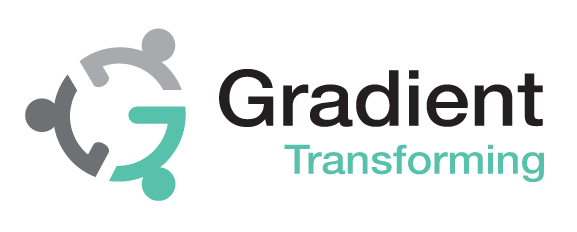ERP systems are not only suitable for large businesses.
It’s not uncommon to question whether or not you need to invest in new systems for your business. After all, who wouldn’t consider the option of reducing operational costs by 11% and decision-making time by 36%?
ERP systems are typically known to larger companies. There are many reasons which explain this conception, investment and resource probably being the most common. We want to show you that ERP systems are fit for any business, especially smaller businesses. The main reason is arguably due to the support offering of the expectation to continually improve productivity and efficiency.
If your business lacks sufficient integrated systems, it won’t take long to feel the negative impact on your bottom line. If you have experienced missed shipments, lost orders or disorganised inventory and warehouse management, then you know what I mean when I say that this leads to low levels if not falls in your customer or client satisfaction levels. Ultimately, this will stunt the growth of your company.
ERP systems will shine a light on all corners of your business operations. With a clear view of your business and what is going on inside it, it makes it much easier to make the right decisions. Transparency is just the starting point. Below, we have highlighted many benefits of your business investing in ERP systems.
Scalability
A small business naturally strives for growth and, an ERP system will prepare and support the company through its expansion. Take a look at the challenges below which you may relate to, a new or upgraded system, if built into your strategy, is capable of helping you overcome these challenges:
- Lack of resource to cope with growing workloads
- System capability handling workload and excessive data
- Legacy systems in place where support has ceased
- Difficulty dealing with or understanding global regulations
- Clarity on which areas of the business are performing best and what areas to focus on
Before selecting an ERP system, your company must consider all current workflows and business processes, evaluating how to make systems work and cope better. This task is an integral part of business growth but also any pre-ERP implementation. You have been travelling at 100mph trying to keep up with the speed of change in your organisation. The first stages of selecting which ERP system is best for you will allow you to take a step back and make the necessary considerations as to where your business has been, where it is now and where you want it to get to.
Cost-saving
Could you imagine a world where all your accounts could be processed in one place? What was once a dream is now a reality thanks to ERP systems. No need for numerous accounting programmes or cross-checking numbers on various spreadsheets. You will have access to real-time data, which as we have touched on, can dramatically reduce your decision-making time.
The ability to make a fact-based decision promptly will contribute to your competitiveness in the marketplace. You won’t miss those potential opportunities which you usually have to wait to apprehend while getting your ducks in a row. You will also have the advantage of spotting possible challenges before they rear their head. An example you might relate to could be a financial controller looking to boost financial planning. An ERP system can help the financial controller monitor budgets by evaluating the data the system holds on orders and stock levels, helping them make informed business decisions.
Increased productivity
Saving time without cutting corners is imperative for a successful business. Let’s consider the shorter working week policy the UK is considering investing time in, following in the footsteps of other countries in Europe, such as Germany and the Netherlands. The policy is said to ‘increase workers’ well-being, boost productivity and face the challenges of automation.’
An ERP system is accessible from all departments of a business and so frees employees from having to waste time hunting for information. Gone are the days of contacting multiple people for one piece of information from various departments which creates silos for parts of data that people and other departments require the use of. The change in how people access and locate information won’t only give your employees more time for more critical tasks. You may notice employees show less frustration when getting on with their everyday tasks: another plus, the chance to enhance cross-department collaboration and improve company culture.
Taking the first step
ERP systems are no longer suitable only for large scale enterprises and manufacturing businesses. Don’t just assume that fact from us, have a look at some of our past and current clients.
The term ‘investment’ usually leads you to think of the cost-benefit ratio. A ‘high-cost investment’ often turns people off, especially for smaller businesses. What if I said ‘long-term investment’? What do I mean by that? A startup or a small business with rapid growth projections begin using cheap, out-of-the-box software packs. It’s an easy and more cost-effective option. However, is it? Now fast forward to using those same software packs which are unable to cope with the data overload from order/sales increases. Welcome missed opportunities, reduced productivity, but most of all, you lack control over your companies workflow, so much so, that you have no idea what is going on.
My point is, if you invested in reliable ERP systems from the outset, you’d have the support from the beginning. There will be less chance of missing pivotal opportunities. Instead, you, your employees and your business systems will be able to adapt to any changes or circumstances that come with an expanding business.
If you’d like to find out more, contact us today for an initial, no obligation discussion about your aspirations and how we can help you and your business deliver your vision for the future on +44 (0) 1282 463710.

